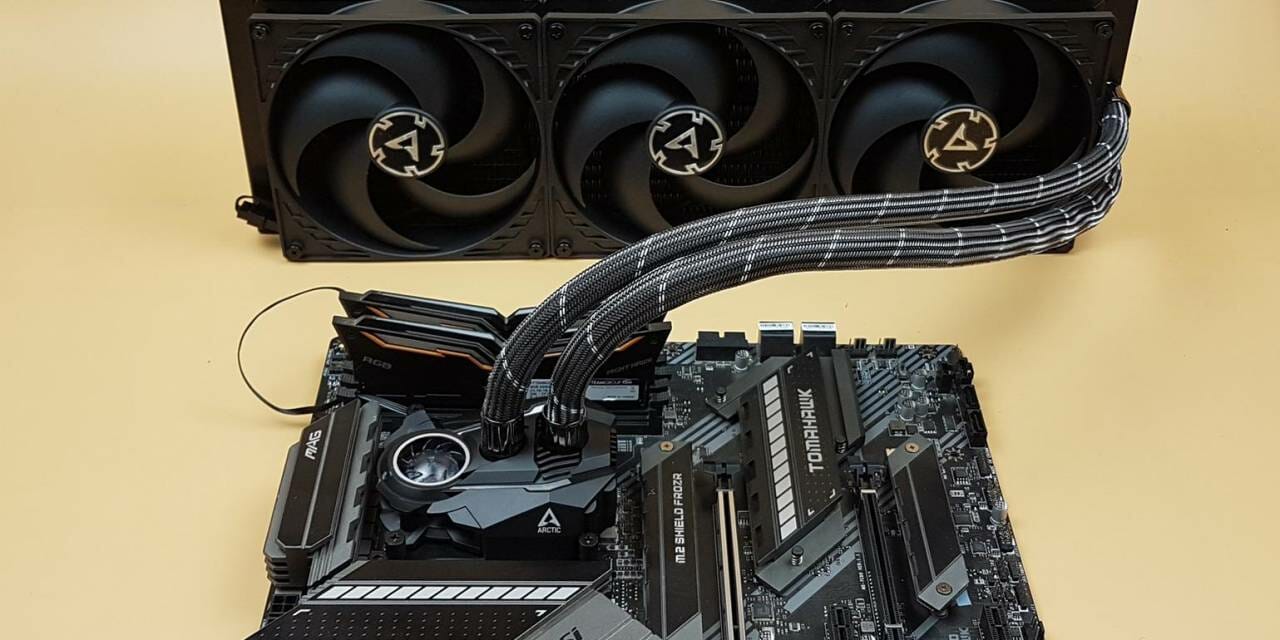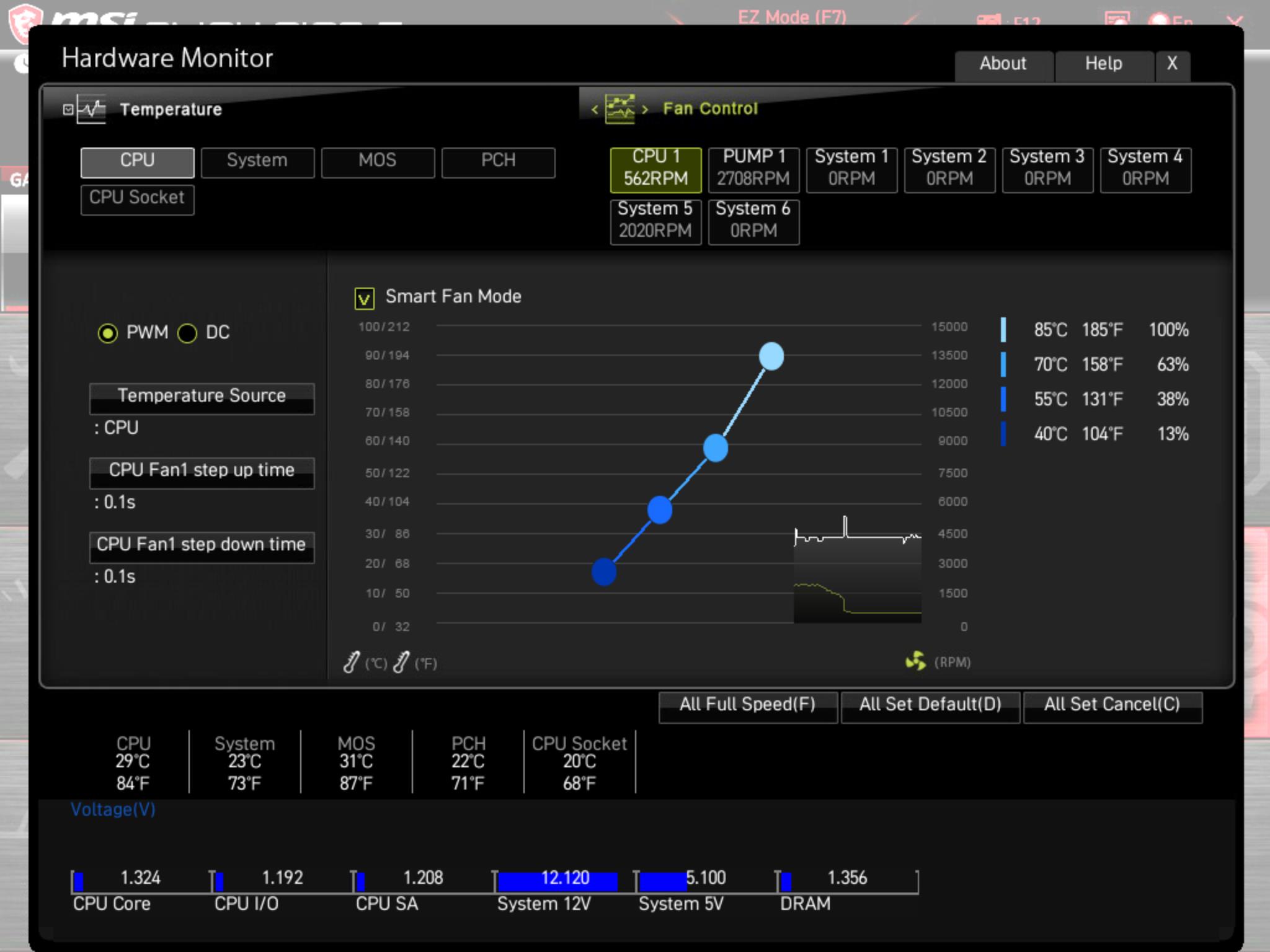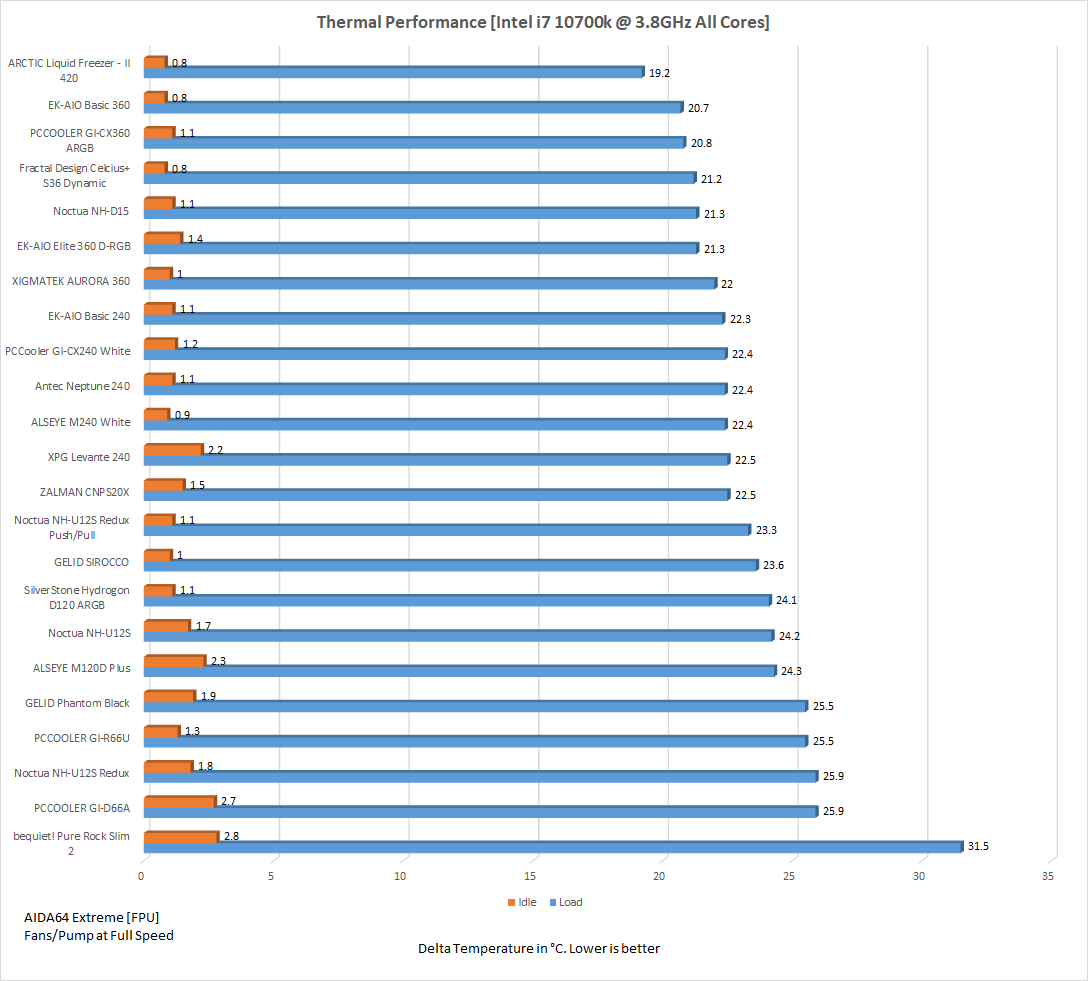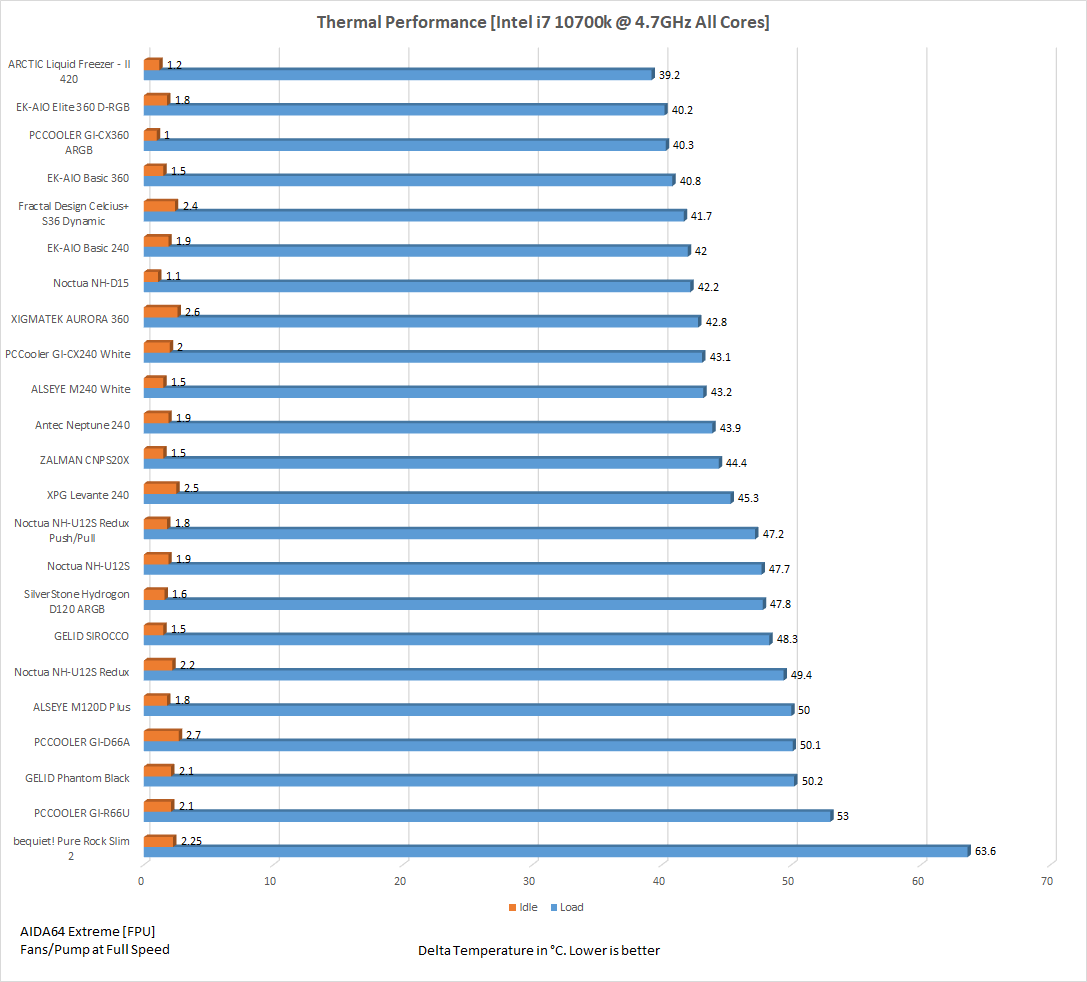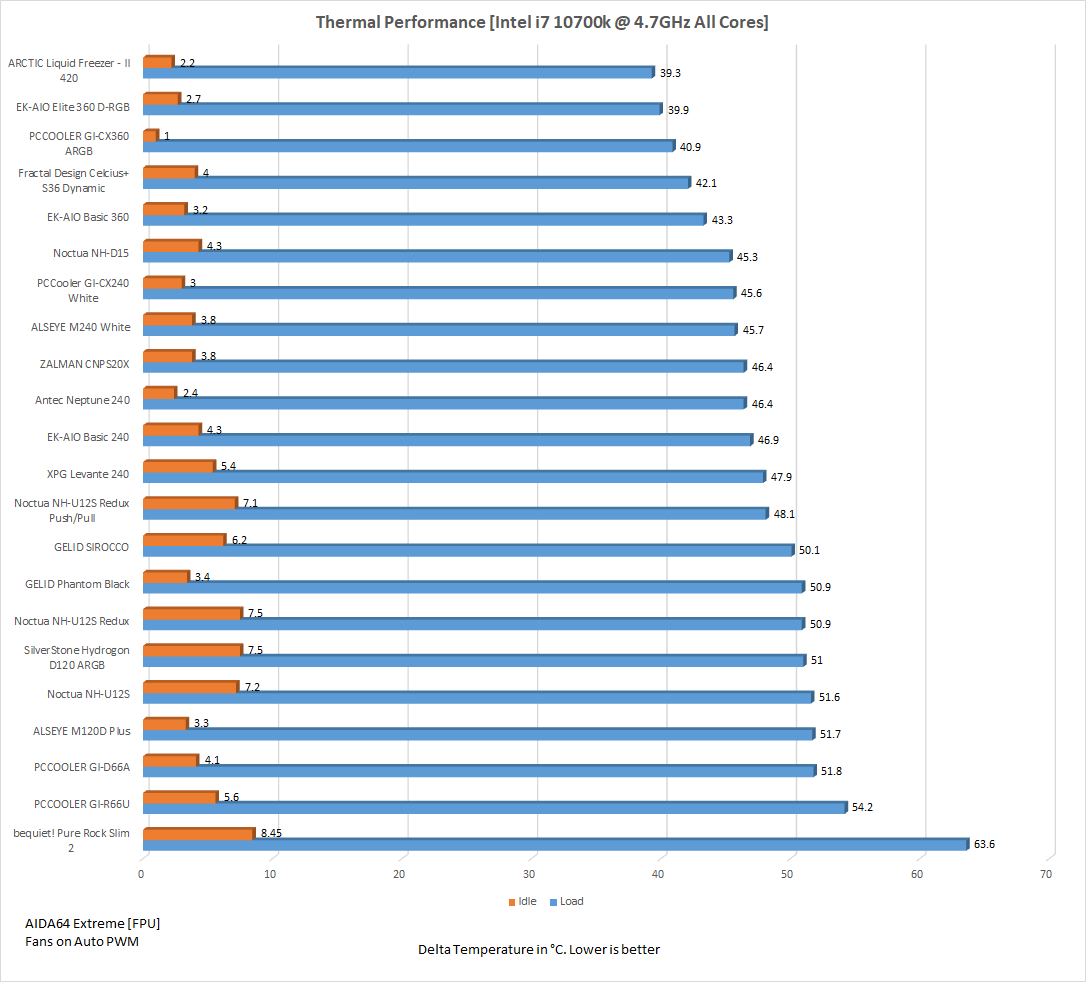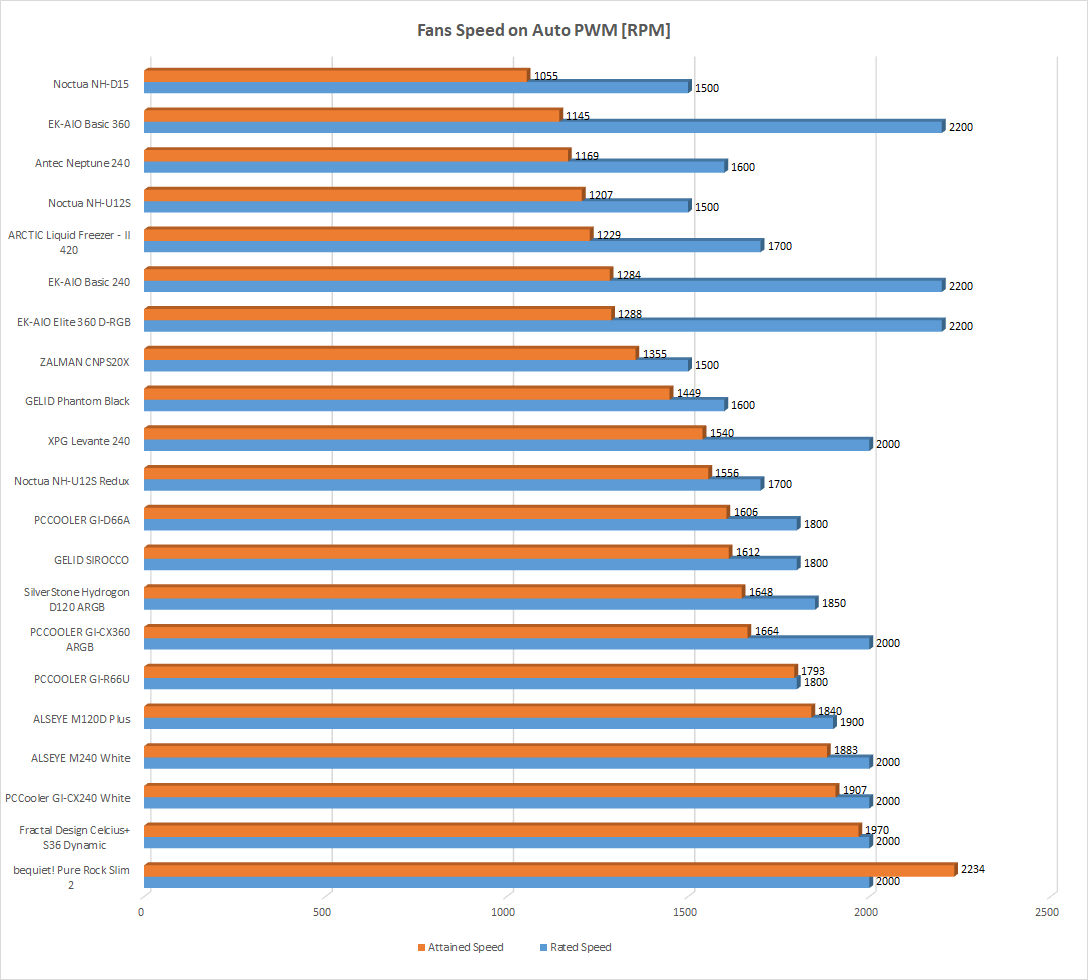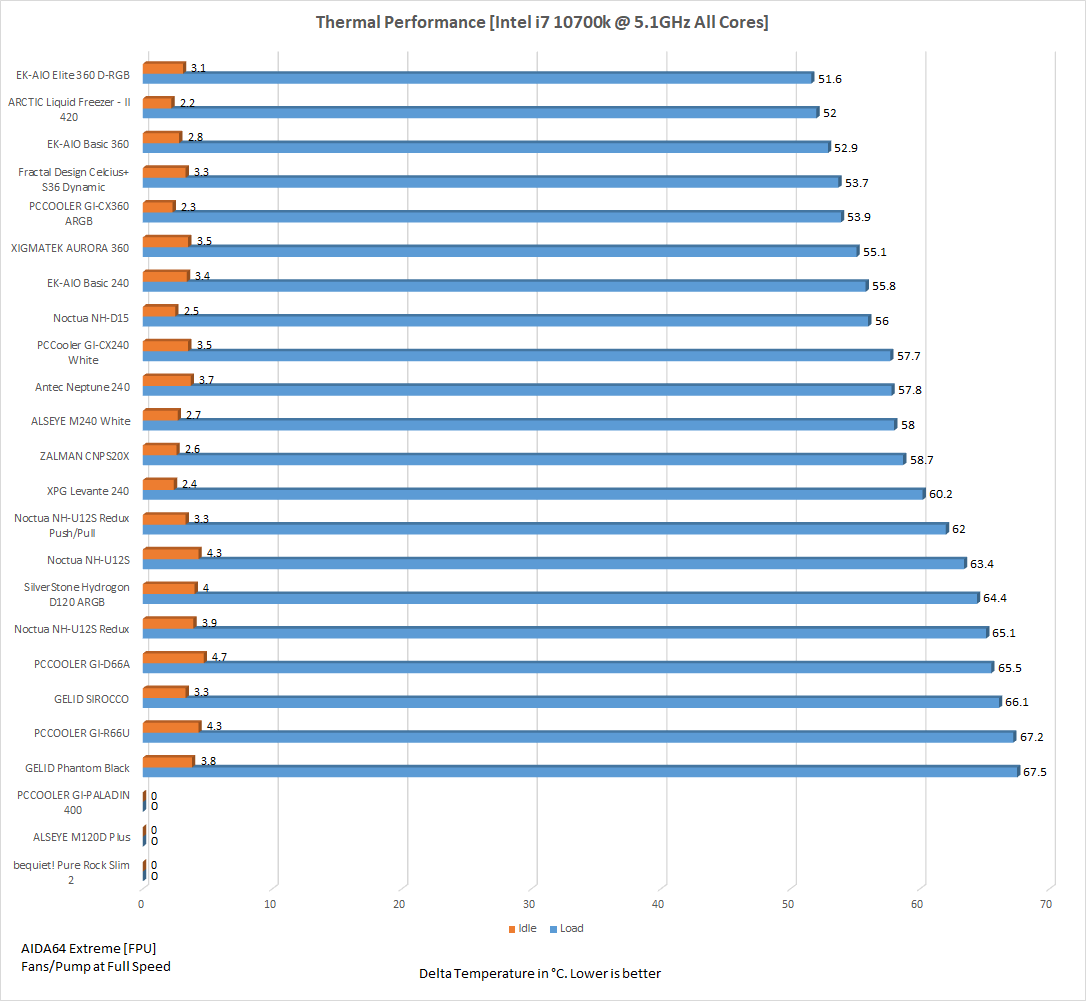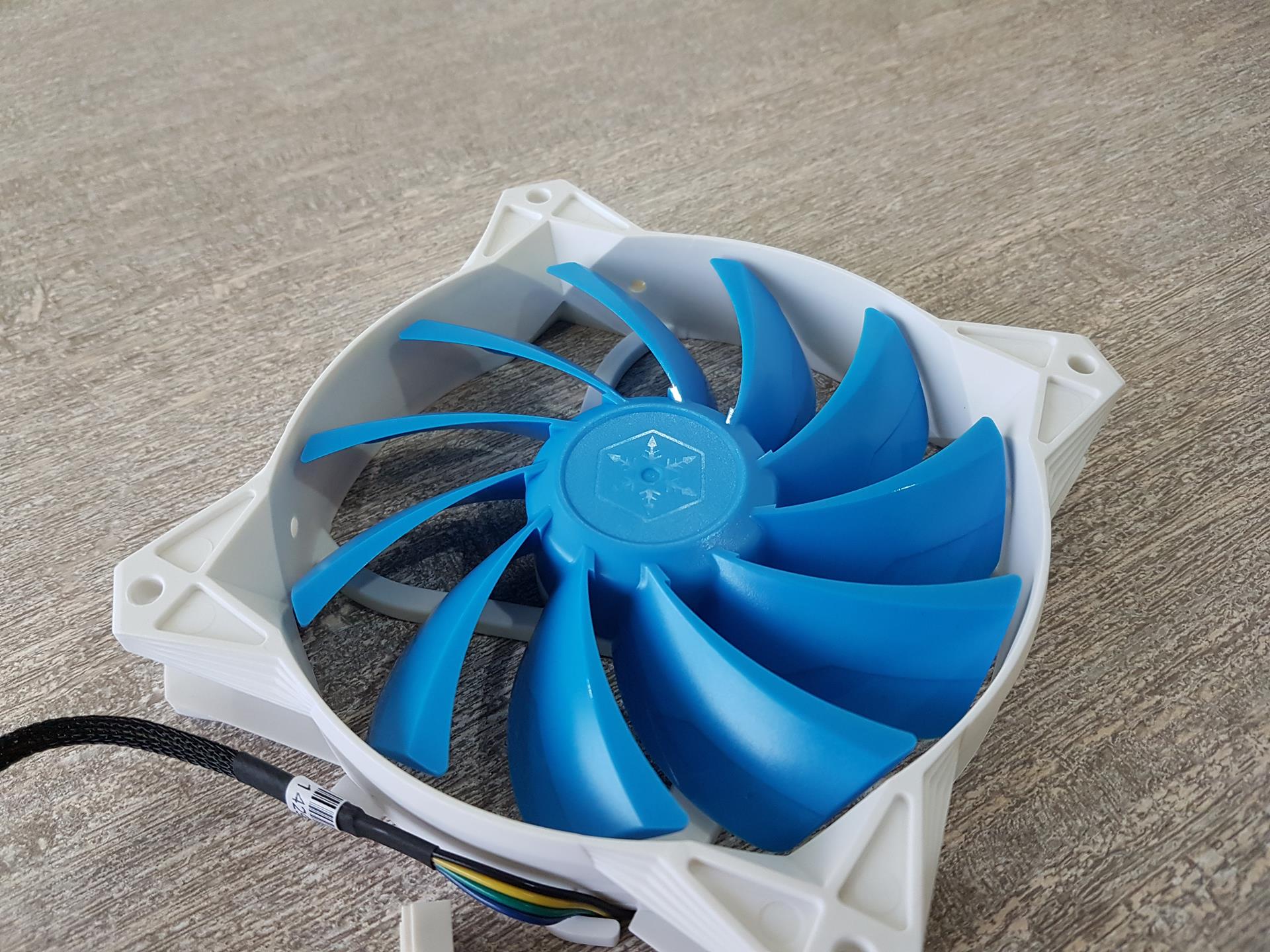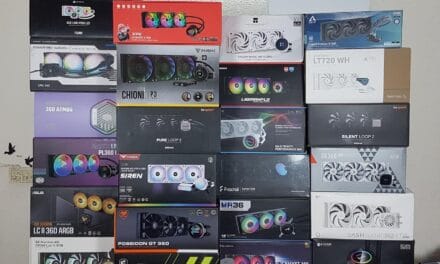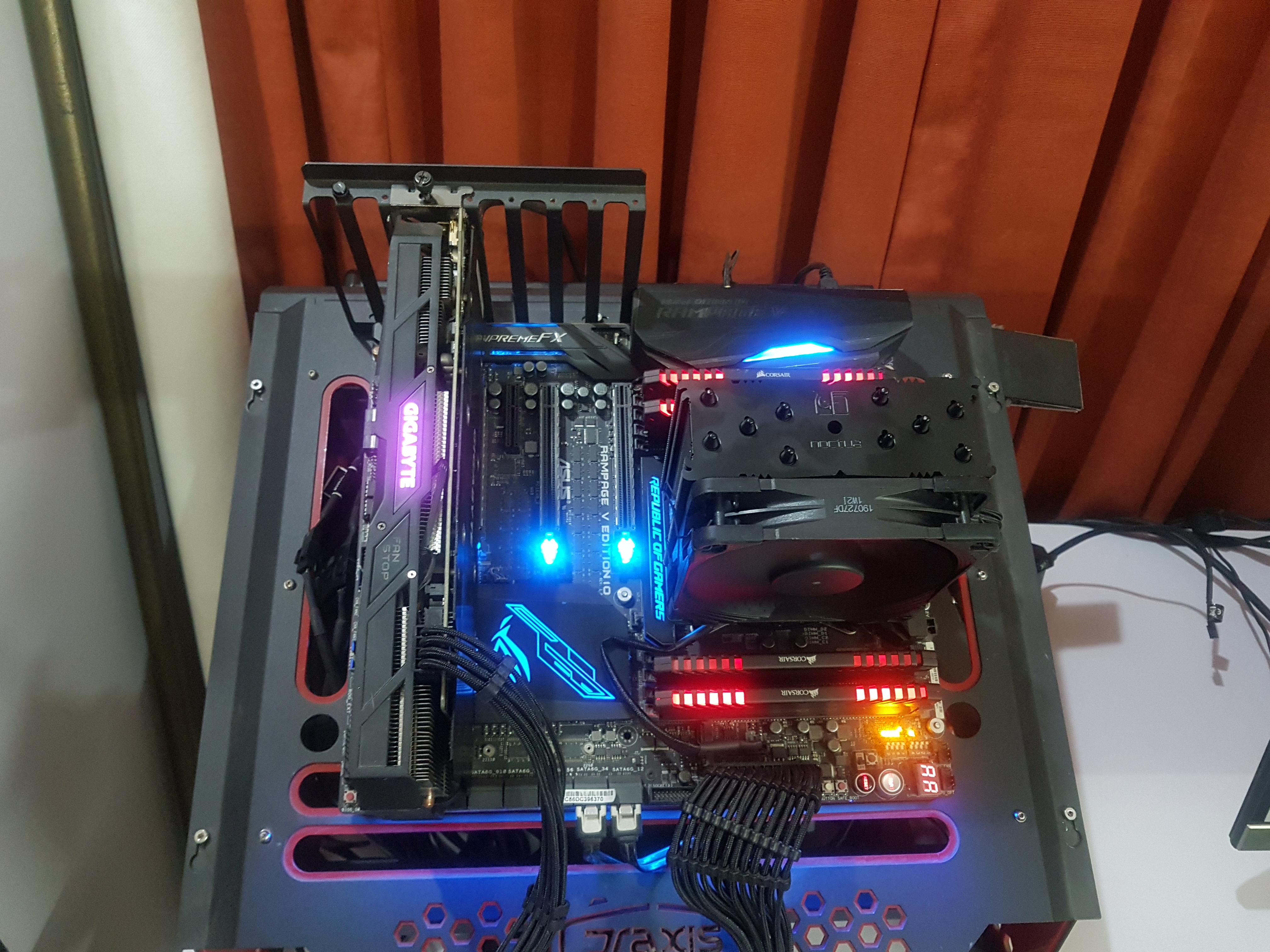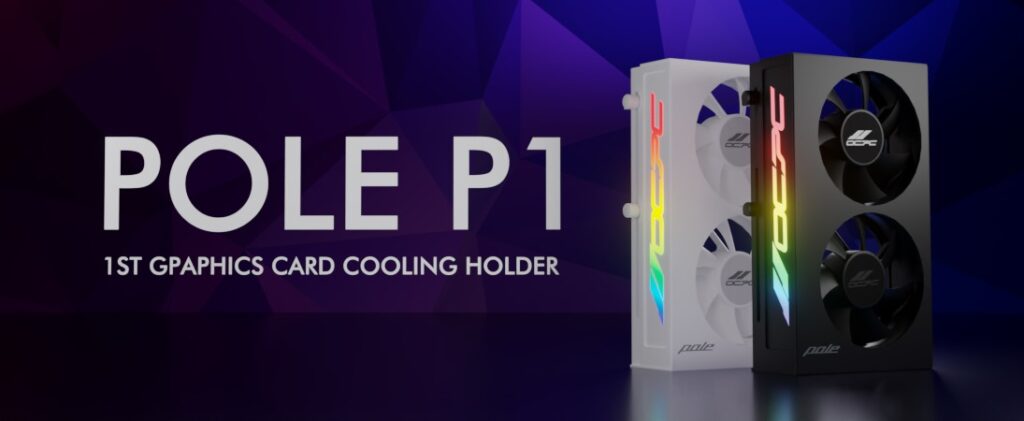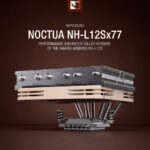Testing
Contents
We have upgraded our Intel testbed recently. Following test bench is used: –
- Intel i7 10700k
- MSI MAG Z490 TOMAHWAK
- T-Force NightHawk RGB 16GB @ 3200MHz
- Nvidia GeForce GTX 1080 FE
- addlink S70 256GB NVMe SSD
- bequiet! Straight Power 11 850W Platinum PSU
- Open-air test bench
Here is the settings table for testing:
| Clock (MHz) | 3800 All Cores |
| Voltage (V) | 1.025 |
| Clock (MHz) | 4700 All Cores |
| Voltage (V) | 1.255 |
| Clock (MHz) | 5100 All Cores |
| Voltage (V) | 1.345 |
| Turbo Boost | Disabled |
| C-States | Disabled |
| Speed Step | Disabled |
| Thermal Paste | Noctua NT-H1 |
| Thermal Paste Application | Dot Method in the center. |
| Test Run Time | 30 minutes |
| Idling Time | 10 minutes |
| Fan Speed | 100% PWM Duty Cycle and Auto PWM |
| Pump Speed | Connected to the AIO Pump header to run at 100% speed |
| Header | CPU_Fan header for the fans and Pump_Header for the pump |
| Software | AIDA64 6.3 Extreme [FPU] |
We are using Noctua NT-H1 thermal paste for cooler testing. Using the same thermal paste for all coolers would ensure standardization. Delta temperatures are reported on the graphs. The testing is done on an open-air bench system. Once inside the chassis, the temperatures are expected to rise and would largely depend upon the optimal airflow inside the chassis.
Not every run of the stress test may yield the same result. This could well be due to many factors like mounting pressure, thermal paste application, varying ambient temperature. Not to mention the silicon differences even among the same category of the chips. Hence, it is pertinent to mention the testing methodology along with the specifics.
The coolers are also tested using Auto PWM function. MSI is using Smart Fan mode in the UEFI/BIOS which is not pure Auto PWM but it is what is available to us. The above picture shows the MSI default fan curve for the Smart Fan mode. Since all the coolers will be tested using the same configuration and settings, same margin of error applies to all.
Let’s take a look at the results.
3.8GHz All Cores
The result is self-explanatory.
4.7GHz All Cores
The result is self-explanatory.
4.7GHz All Cores [Auto PWM]
The result is self-explanatory.
Fans’ Speed on Auto PWM
The above graph shows the maximum speed attained by the fans on the Auto PWM. For comparison, we have included the rated speed of the fans to have reference in determining the Auto PWM range. We have to disconnect the fans from the integrated cable management system and hooked up directly to the CPU_Fan header on the motherboard. The block’s 4-pin PWM cable was connected to the Pump_Header all the time. The fans were doing 1229 RPM while giving excellent result in terms of thermal performance and noise output.
5.1GHz All Cores
Out ultimate challenge to any cooling solution is to set all cores to operate on 5.1GHz using 1.345V. The EKWB 360 D-RGB Elite and ARCTIC Liquid Freezer – II 420 are sitting within the 1°C operating margin. But this goes to show the true cooling potential of the Liquid Freezer – II 420 as the EKWB cooler is in push/pull configuration with 6x 120mm fans giving this level of performance at higher noise output and costing more. The ARCTIC Liquid Freezer – II 420 with its 3x 140mm fans is offering the same performance but at a reasonable noise level and pocket-friendly pricing. ARCTIC has done it again for sure.
The ARCTIC Liquid Freezer II – 420 has performed excellently on our test bench.
Here are some of the observations from the testing:
- The P14 PWM fans, the pump and the VRM fan are being controlled using a single PWM cable.
- That single PWM cable is reporting the speed of the fans by default.
- There is no way we can monitor the speed of the VRM fan and the pump.
- At 100% PWM duty cycle the maximum reported speed of the fan was 1704.
- On Auto PWM setting, the maximum speed of the fan was 1229 RPM.
- On Auto PWM settings, the pump’s speed will be regulated by the PWM controller depending upon the load.
- There is no way we can have the pump run at full speed while the fans operate at Auto PWM setting depending upon the load.
Noise
The ARCTIC Liquid Freezer II – 420 at 100% PWM duty cycle was giving a noise output of 49~50 dBA with an ambient sound level of 33 dB(A).

